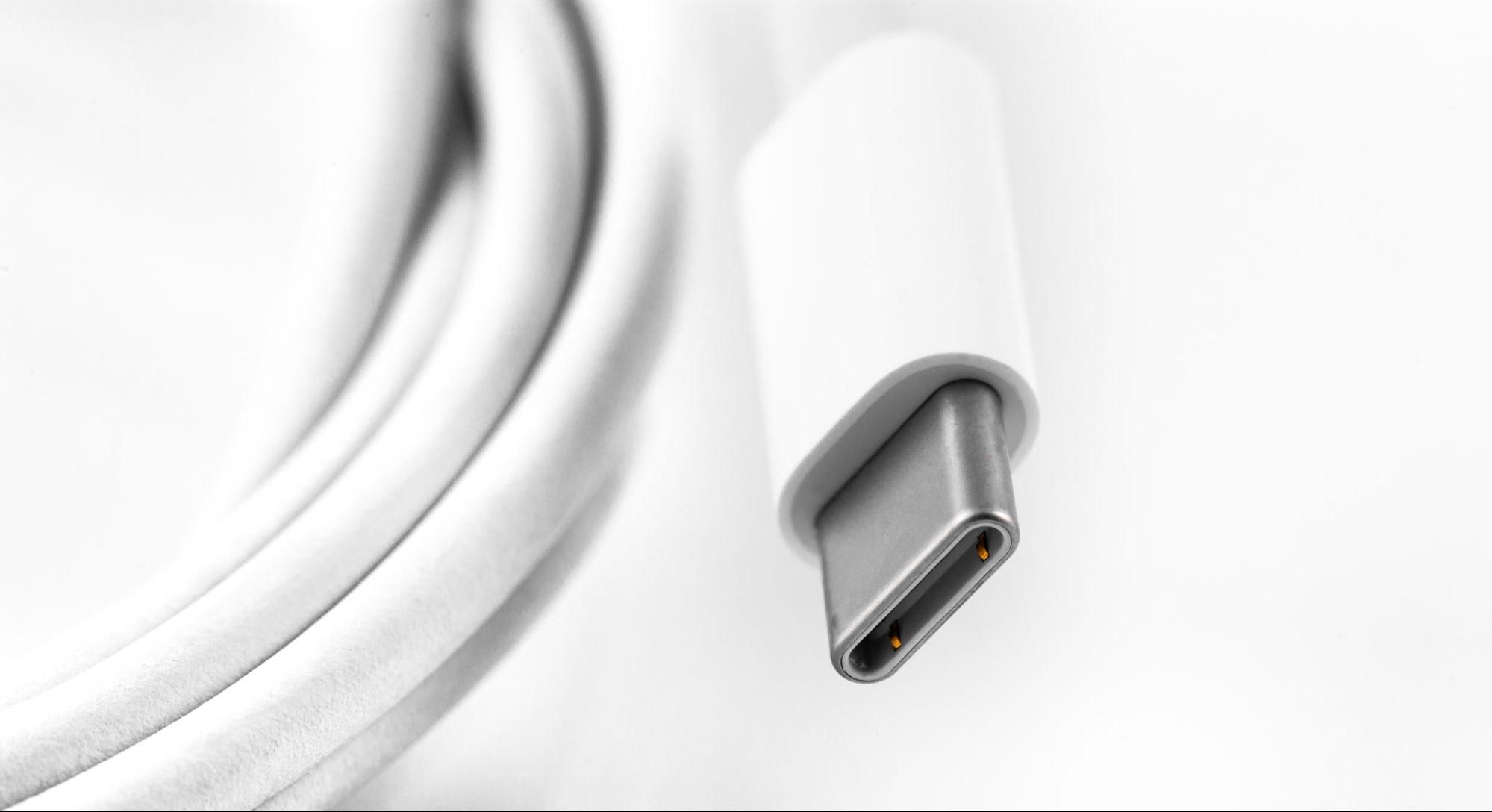The simple answer to the upgrade question is No.
The physical USB 2.0 port on your Spyder isn't what controls the transfer speed. The port has to be connected to a USB controller somewhere on the bike, and the controller is what controls the transfer speed.
As far as compatibility, USB 4 is backward compatible down to USB 1.1. But the transfer speed would be limited by the USB 1.1 rate.
Let's take this a step farther, and talk about the actual connector. The connector on the bike is a USB A connector.
If the camera you're looking at uses a USB C type connector, there are adapter cables you can buy that have a USB C connector on one end and a USB A connector on the other end.
As for the USB 4 and data transfer question I don't think it's an issue. The camera is going to include some sort of on board memory storage, probably in the form of some type of removable memory card.
I took a look at the Innovv website at one of their motorcycle dash cams, and it says it uses a TF card of 8Gb to 256Gb capacity. TF cards are also known as Micro SD cards. It does say the camera uses USB for power.

